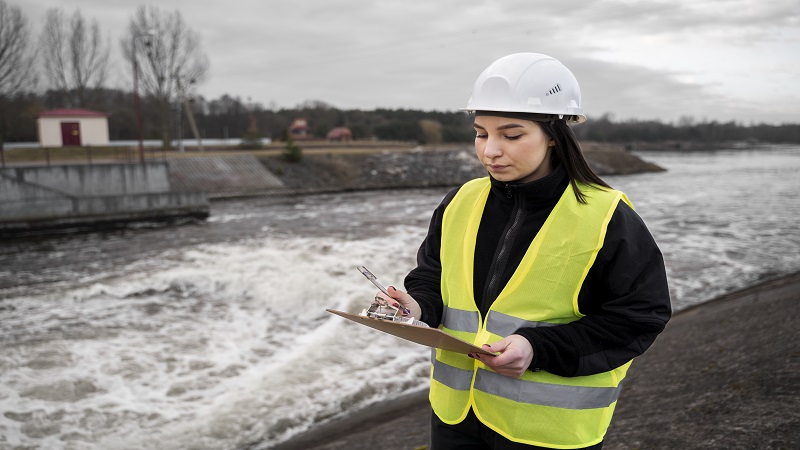When the storm has passed and the floodwaters have receded, homeowners are often left navigating the murky waters of insurance claims. Understanding the intricacies of your policy, documenting damage accurately, and effectively communicating with your insurer are pivotal steps in securing the funds necessary for restoration. This comprehensive guide aims to equip you with the knowledge to efficiently handle water and flood damage claims, ensuring you can rebuild and recover with peace of mind.
Understanding Your Coverage: The Foundation of Your Claim
Before disaster strikes, being intimately familiar with the specifics of your insurance policy lays the groundwork for a successful claim. Knowing what scenarios are covered and what documentation is required can greatly ease the process. Additionally, for immediate assistance in emergencies, visiting http://www.sandiegoemergencyplumbing.com/ can provide you with access to expert plumbing services. Their professionals are ready to respond quickly to your needs, helping to mitigate any further damage and ensuring that your home remains safe and functional while you navigate the claims process.
- Homeowners vs. Flood Insurance: Recognize that standard homeowners insurance policies typically do not cover flood damage. Separate flood insurance, often through the National Flood Insurance Program (NFIP), is necessary in flood-prone areas.
- Know Your Deductibles and Limits: Be aware of your policy’s deductibles and coverage limits for water damage. Understanding these can help set realistic expectations for your claim.
Immediate Aftermath: Setting the Stage for a Strong Claim
The actions you take immediately following water damage can significantly impact the success of your insurance claim. It’s crucial to document the damage thoroughly and start the cleanup process without delay to prevent further issues. For professional assistance and quick response, visiting http://drquickdry.com/ can be a critical step. Their expert team specializes in rapid water removal and restoration services, helping to minimize damage and bolster the strength of your insurance claim by providing essential documentation and swift remediation.
- Safety First: Ensure the property is safe to enter. Documenting damage should never come at the cost of personal safety.
- Document Everything: Take extensive photos and videos of the damage from multiple angles. Detailed documentation is your best ally in proving the extent of the damage.
Filing Your Claim: Navigating the Process
With a thorough understanding of your coverage and comprehensive documentation in hand, you’re ready to file your claim.
- Prompt Reporting: Notify your insurance company as soon as possible. Delays in reporting can complicate the claims process.
- Provide Detailed Information: When reporting the claim, be as detailed as possible about the extent and type of damage. Provide the insurer with your documentation to support your claim.
The Adjustment Process: Working with Insurance Adjusters
An insurance adjuster will be assigned to assess the damage. This interaction is crucial in determining the outcome of your claim.
- Prepare for the Visit: Have your documentation ready and be prepared to show the adjuster all areas of damage. Your thoroughness can influence the adjuster’s assessment.
- Ask Questions: Use this opportunity to ask about the next steps in the process and any actions you need to take. Clear communication can expedite your claim.
Maximizing Your Claim: Strategies for Success
Certain strategies can enhance the effectiveness of your insurance claim, potentially leading to a more favorable settlement.
- Get Multiple Repair Estimates: Submitting multiple estimates for repairs can provide a more accurate picture of the financial impact, potentially increasing your settlement.
- Keep Detailed Records: Maintain records of all communications with your insurance company, including dates, names, and summaries of conversations. This documentation can be invaluable if disputes arise.
Dispute Resolution: Advocating for a Fair Settlement
If the insurance company’s settlement offer does not meet your expectations, know that you have options to contest it.
- Review the Decision: Request a detailed explanation for the settlement offer and how it was calculated. This information can identify areas for negotiation.
- Consider a Public Adjuster: Hiring a public adjuster can provide an independent evaluation of the damage, often leading to a higher settlement offer.
Fun Facts: Did You Know?
- The concept of insurance dates back to ancient Babylon, where the Code of Hammurabi included a basic form of marine insurance.
- The National Flood Insurance Program (NFIP) was established in 1968, recognizing the
Charting Your Path to Recovery
Navigating the claims process for water and flood damage can feel like sailing through stormy seas. However, with a solid understanding of your insurance coverage, meticulous documentation, and strategic engagement with your insurer, you can steer your claim to a successful resolution. Remember, preparation, patience, and persistence are your compass and map in this journey, guiding you towards the restoration of your home and normalcy in your life.
